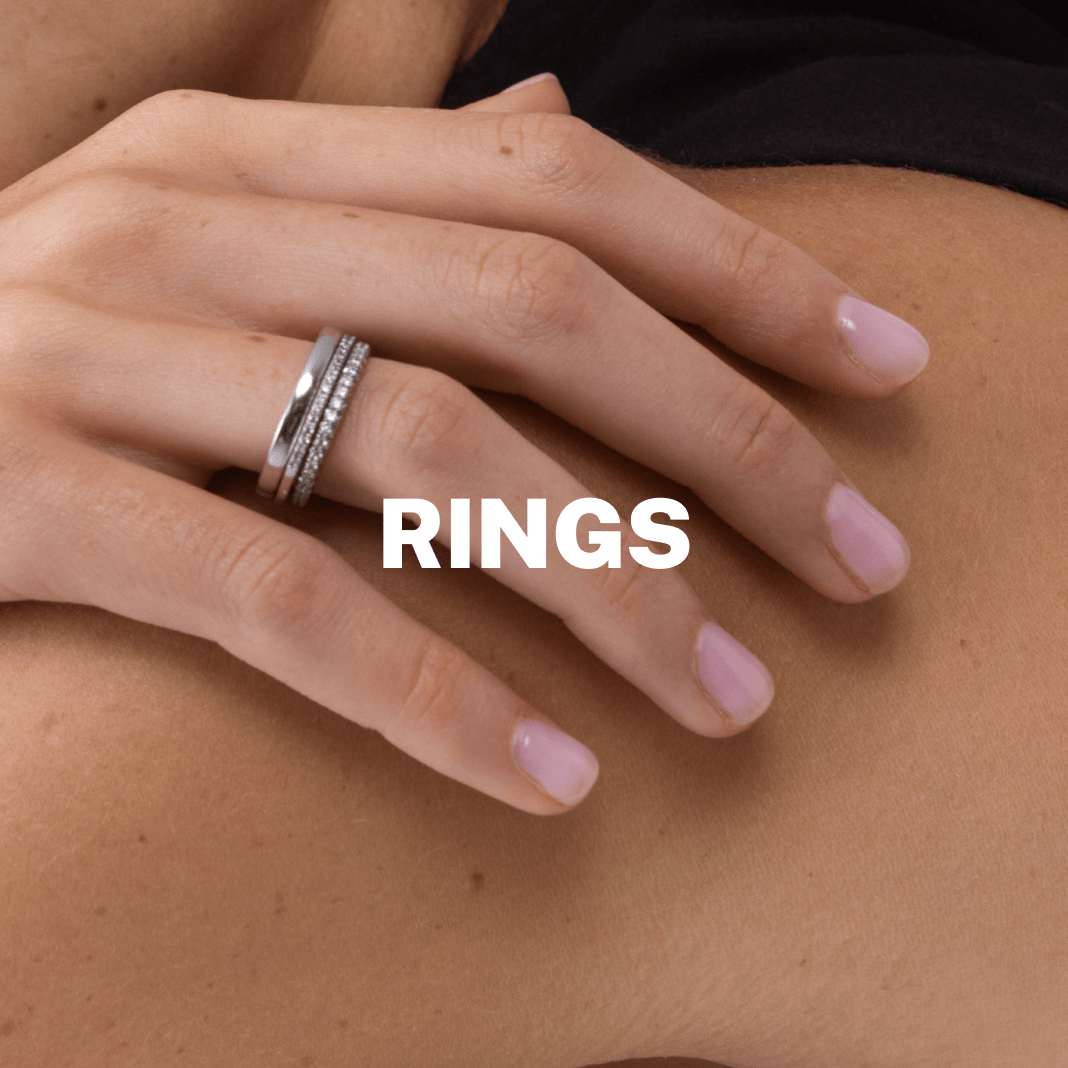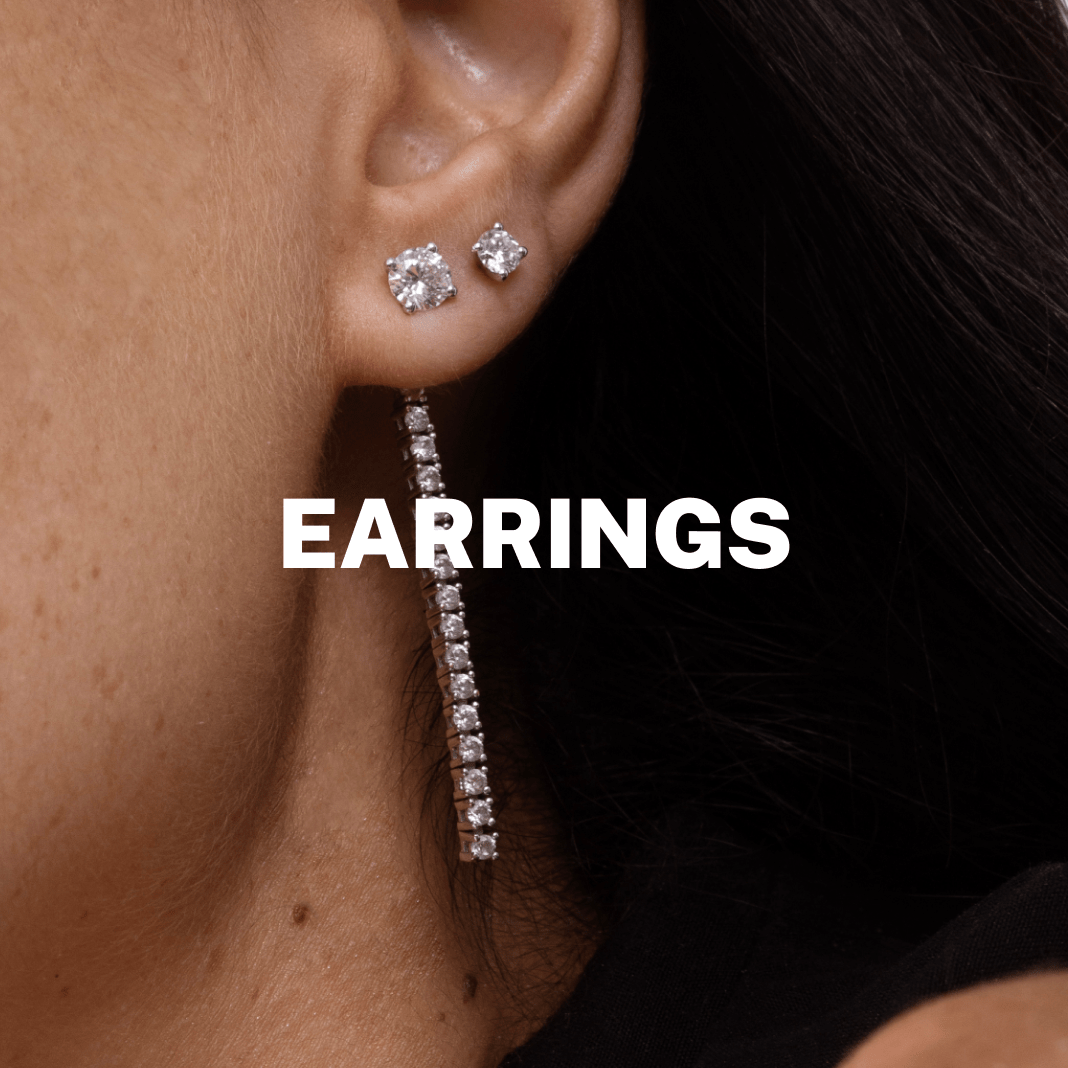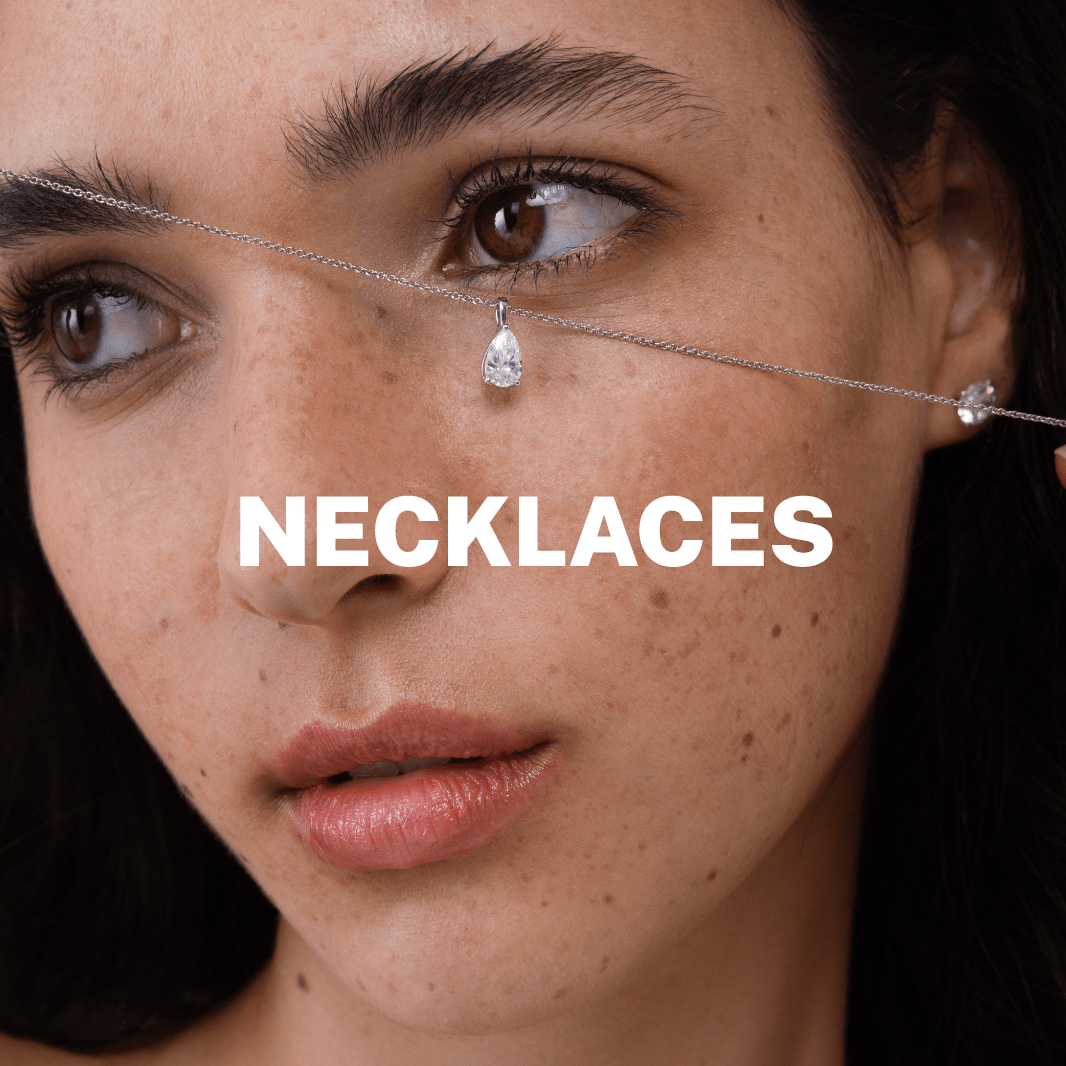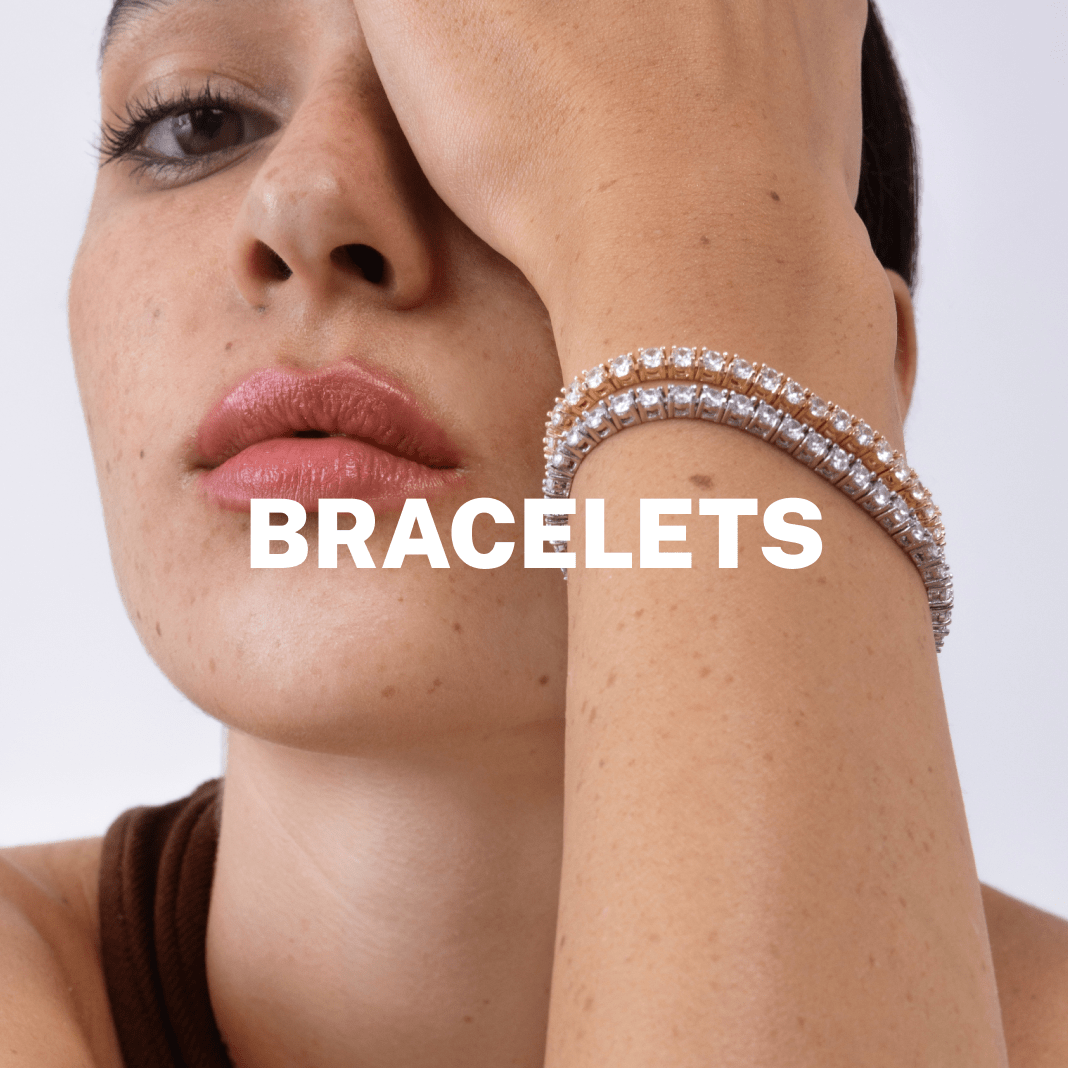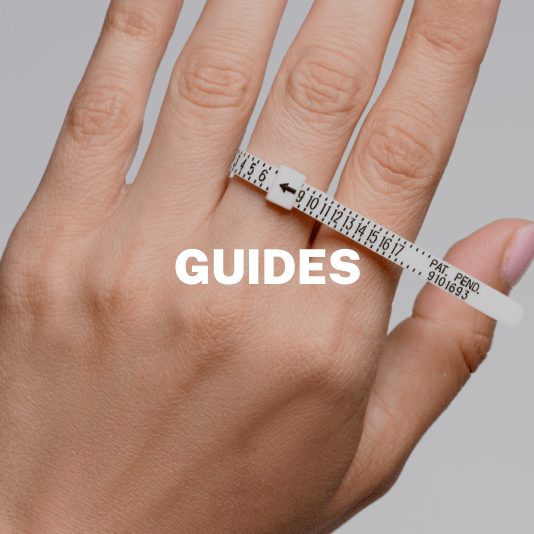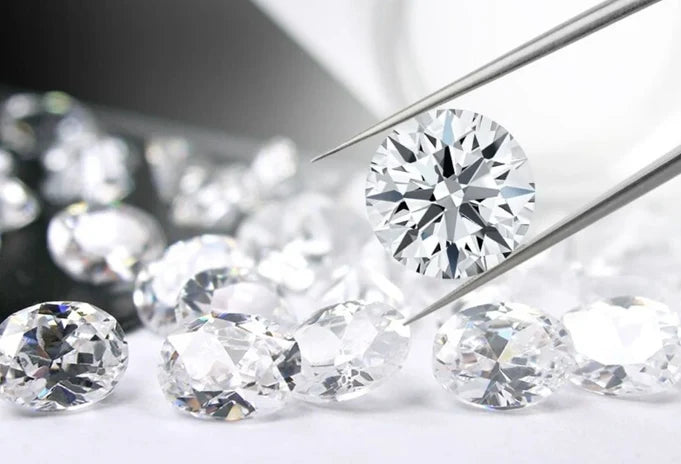
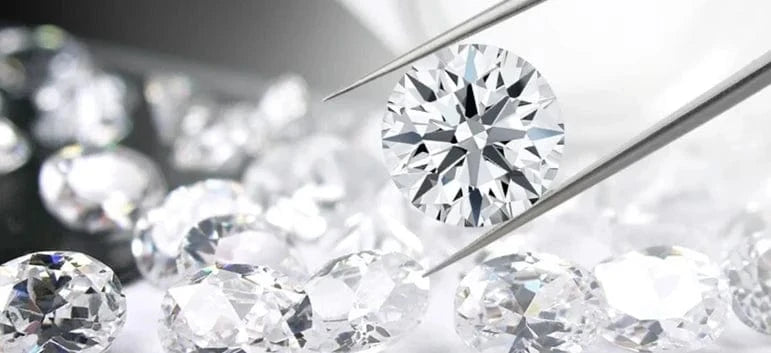
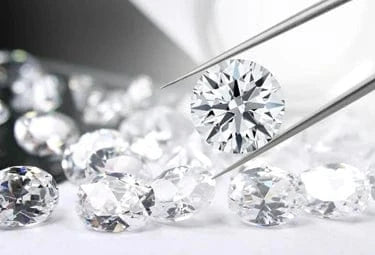
Moissanite vs Lab Diamond
Sat, Sep 28, 2024
Jewelry comes in many shapes and sizes, and just as diverse as the styles are, so are the preferences of those who purchase precious stones. While natural diamonds were once the only option for a luxurious, sparkling gemstone, the rise of moissanite vs lab diamond comparisons has introduced more affordable and sustainable alternatives. These man-made stones have expanded the pool of precious gems, offering buyers options that blend brilliance with ethical sourcing.
Now, however, the pool of precious stones is just a little wider and a bit more affordable. This is where lab grown diamonds and moissanites come in.
If you have heard of these terms but don’t know the distinction then worry not. Also, if this is the first time you’re interacting with these terms then you can also take a breath. In this article, we will get into what these precious stones are, their characteristics and why you might consider one over the other.
What are Lab Diamonds?
The one main difference between natural diamonds and lab diamonds is how they come into existence. Natural diamonds are formed over billions of years beneath the earth’s surface while lab diamonds are made artificially in a laboratory. The time to form them is also significantly shorter. In a couple of weeks one can have their lab grown diamond ready.
With regards to their make up, lab grown diamonds and natural diamonds share the same properties. Lab diamonds have the same chemical and physical properties as naturally mined diamonds. They are both made from carbon atoms, high temperature and high pressure.
So, when people ask, “Is a lab grown diamond a real diamond?” The answer is yes all the time.

Curious about diamond cuts and their characteristics? Check out our detailed comparison on Radiant vs Emerald Cut Diamond to find out which one suits your preferences.
What is Moissanite?
Moissanite is similar to lab grown diamonds because they are both made artificially in the lab. However, that is where their similarity ends. Though naturally occurring, moissanite is very rare, and thus most are made using silicon carbide.

Moissanite was first discovered by French scientist, Henri Moissan, in a meteorite crater in Arizona back in 1893. This is quite a unique historical background and it has earned them the name space diamonds. They were then named after Henri Moissan in his honor.
Moissanite vs Lab Diamond: A Detailed Comparison
Even though they are both created by man, moissanite and lab diamonds have striking differences. For starters, lab diamonds consist of carbon while moissanite consists of silicon and carbon. This means that their chemical composition is entirely different.
Second, they differ physically. Lab diamonds are harder when compared to moissanite. This is according to the Moh hardness scale. Lab diamonds rank 10 on the scale while moissanite ranks 9.25.
Lastly is the sparkle. When it comes to sparkle, moissanite has more fire and brilliance than the lab diamond. This is because moissanite is double refractive while lab diamonds are single refractive. Moissanite has a yellowish or greenish tint while lab diamonds can occur in every color.

Considering a unique ring design? You might also be interested in learning about the Hidden Halo Ring—a style that adds a secret touch of sparkle to your jewelry.
How do Moissanite and Lab diamonds test on a diamond tester?

As mentioned above, lab diamonds are real diamonds. They test as diamonds on a diamond tester because they share the same chemical and physical properties as natural diamonds.
On the other hand, moissanite is not a genuine diamond, though it can be mistaken as such by the naked eye. Sometimes, moissanite can fool a basic diamond tester because it similarly conducts heat. However, more advanced testers can tell the difference.
What Ruins Moissanite?
Although moissanite is second only to diamonds in terms of hardness, it can still get damaged. Scratches and abrasions are one way to ruin your jewelry. Avoid wearing moissanite jewelry while performing activities such as cleaning.
You should also avoid contact with chlorine, bleach, and other cleaning agents as they might dull its brilliance. Extreme temperature changes and daily wear and tear can equally affect its appearance. Avoid exposing moissanite to extreme heat sources and regularly clean it to remove dirt and grime.
To keep your jewelry looking its best, make sure to read our guide on How To Clean Diamond Earrings & Rings At Home for expert advice on maintaining your precious pieces.
Why Consider Buying Moissanite and Lab Diamonds?
There are two main reasons why you should consider these precious stones. The first is their affordability. Moissanites and lab grown diamonds are significantly cheaper than natural diamonds.
The second attractive factor about them is you can be assured of sustainable sourcing. They are artificially made stones, therefore, you can be assured of the ethical nature of where they come from. Because of their man made nature the time and expenses it takes to create them is significantly lower than with natural diamonds.
In case you’re interested in exploring the shimmer of lab diamonds, Shiree Odiz has a solid collection of these amazing pieces.
FAQ:
Q. What is Moissanite vs Lab Grown Diamond?
Moissanite and lab-grown diamonds are both man-made, but they differ in composition. Lab-grown diamonds are made from pure carbon and share the same properties as natural diamonds. Moissanite, made from silicon carbide, is a distinct gemstone with unique sparkle and brilliance.
Q. Is a Lab Diamond Better Than Moissanite?
It depends on preference. Lab diamonds look identical to natural diamonds, while moissanite offers more brilliance and is more affordable. If you want the authenticity of a diamond, go for lab diamonds. For extra sparkle and cost-effectiveness, choose moissanite.
Q. Is Moissanite a Fake Diamond?
No, moissanite is not a fake diamond. It’s a unique gemstone with its own properties. While it resembles diamonds, it’s not considered one and has distinct optical qualities.
Q. Are Lab Diamonds Fake Diamonds?
No, lab diamonds are real diamonds. They share the same chemical and physical properties as natural diamonds but are created in a lab instead of forming naturally.
Q. Can Moissanite Pass a Diamond Tester?
Moissanite can sometimes pass basic diamond testers due to its heat conductivity. However, advanced testers can tell it apart from diamonds using electrical conductivity.
